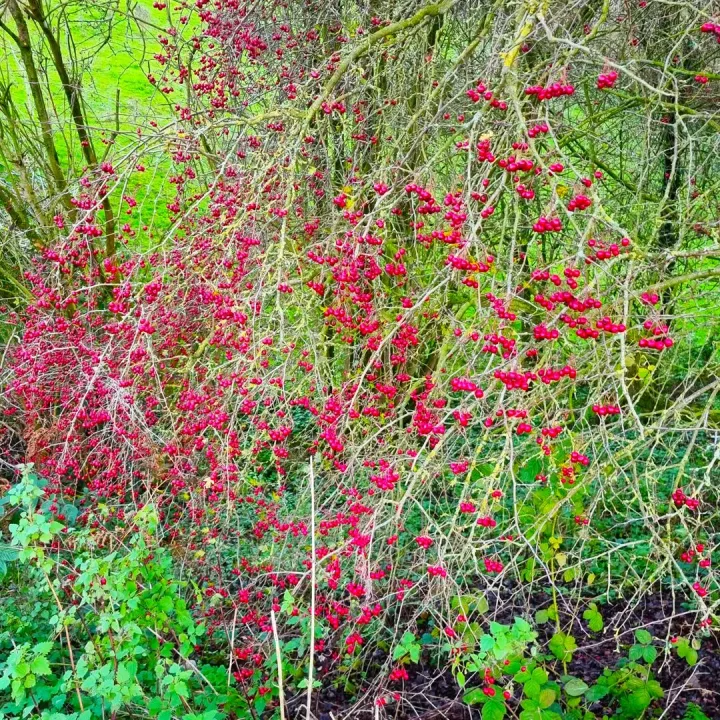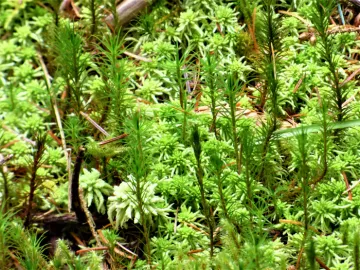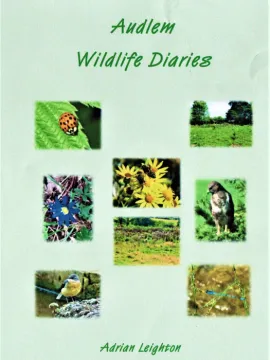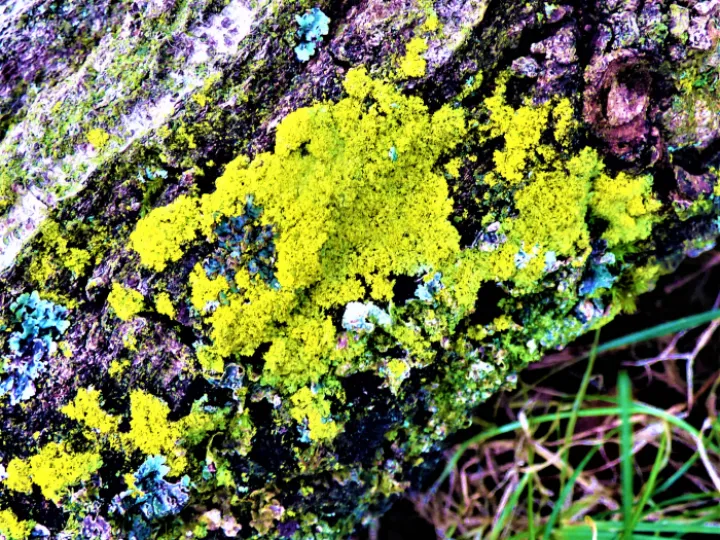







A Liking for Lichen by Adrian Leighton
As winter comes upon us and so much around us looks bare and empty, now is the time to take a closer look at some of the less loved nature that fills our world.
Often overlooked but playing an important part in the whole web of life is a group of plants that are ever-present in the eco-system. They are the mosses, algae and lichen. Each group of plant requires its own study but we often see them intermingled in the damp and dingier side of life.
All three require it to be wet and come out to play in the rain. But they have an extraordinary capacity to survive dryness.

A few years ago, we planned a camping trip in the Lake District. Unfortunately it coincided with a deluge of rain that left camp sites swamped. Eventually we found a site that could cope with our camper and on the evening of our arrival with the rain stopped we set out for a walk along nearby lanes. The sun made an embarrassed appearance for us and unexpectedly illuminated a picture of exquisite beauty. The dry stone walls were covered in mantel of shining green of various textures. Mosses of several different species made up this improvised garden of delight. It was the first time I have ever really noticed mosses before or looked at them closely. They are a class of plant that I would like to write about another time, for alongside the mosses were the lichen which I hardly noticed, having been blown away by the mosses.
Walking around the fields at this time of year, gives us the opportunity to give these overlooked plants some attention and we will not be disappointed. There is an amazing variety of colour and texture in the different lichen present. The name comes from a Greek word meaning "licker". Perhaps this is because although it is plantlike and grows alongside mosses it does not have roots. It is an organism that takes us back to the begins of life on earth. It is neither one thing nor another it is the product of fungi and bacteria but has characteristics different from both. Individual lichen are produced by various fungal mycellia (those stands of cells that form a world wide web beneath the soil ) and algae or what are called cyanobacteria. These have a symbiotic relationship, with the algae photosynthesising carbon to feed the fungi. The fungi in turn provided a "home" for the algae. Lichen are not parasitic on their host habitat be it tree, rock, wall or fence. They use these as a platform on which to live. They are incredibly complicated in there structure and defy our attempts to classify them. They remind us that in this world there is that which cannot be fitted into our neat ordered structure of either this or that. .
.
.
.
.
.
.
.
If its too cold and dreary to venture outside for some lichen looking then a bit of hibernation beside the log burner with a copy of "Audlem Wildlife Diaries" could soothe you with thoughts of warmer and brighter days. A copy might also provide an ideal last minute Christmas present. Available from Williams Newsagents and Audlem Mill Shop with all profits going to wildlife conservation.
Get In Touch
AudlemOnline is powered by our active community.
Please send us your news and views using the button below:
Email: editor@audlem.org





